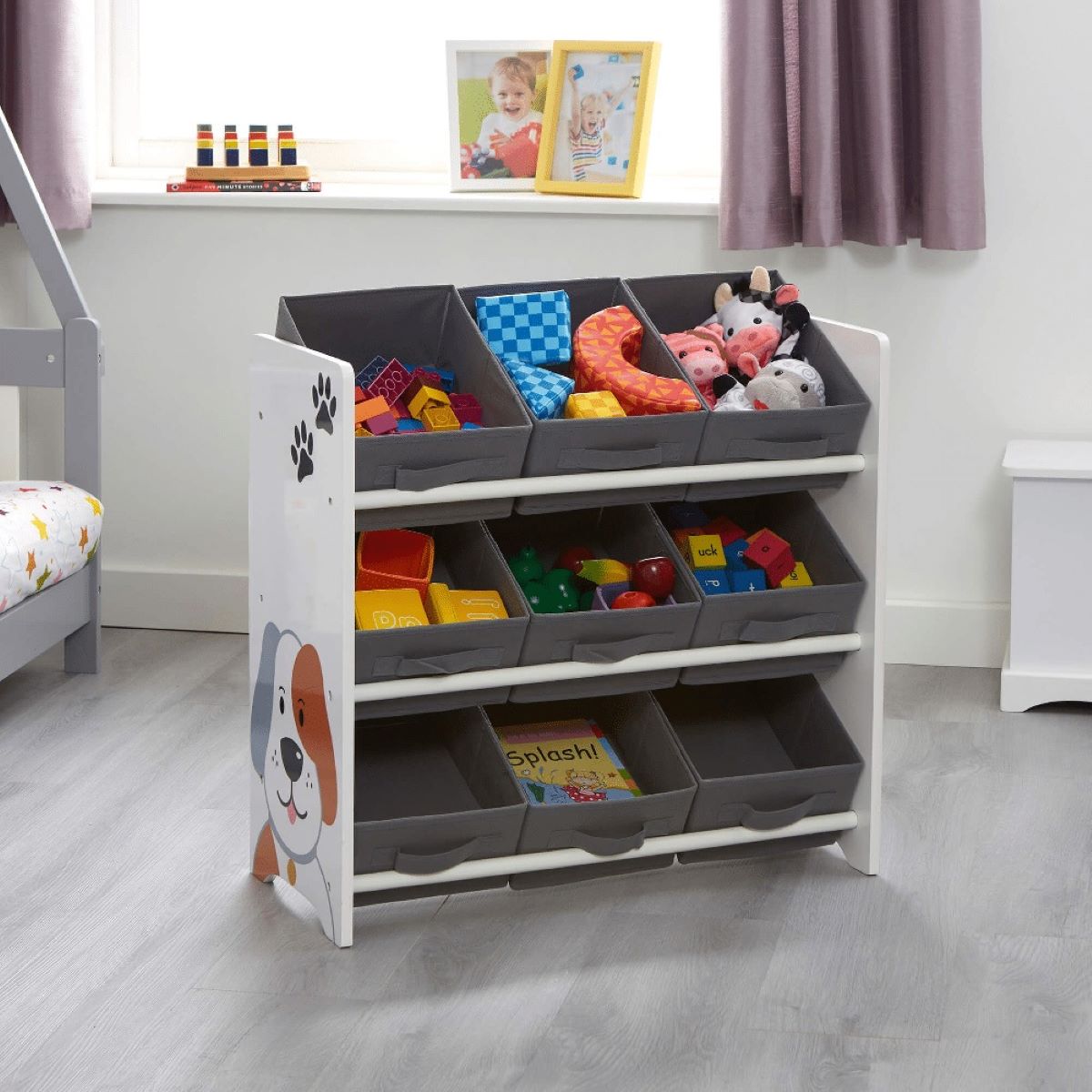

Articles
How To Store Baby Toys
Modified: January 19, 2024
Learn the best ways to store baby toys with these informative articles. Discover tips and tricks for keeping toys organized and accessible for your little one.
(Many of the links in this article redirect to a specific reviewed product. Your purchase of these products through affiliate links helps to generate commission for Storables.com, at no extra cost. Learn more)
Introduction
As a parent, you know that baby toys have a way of quickly taking over your living space. From plush animals to rattles and building blocks, these toys are not only essential for your baby’s development, but they also add an element of joy and playfulness to their environment. However, without proper organization and storage, these toys can quickly become a source of clutter and chaos.
That’s why learning how to store baby toys effectively becomes essential. Not only does proper toy storage help keep your home tidy, but it also ensures that your baby’s toys are easily accessible, safe, and in good condition for their continued enjoyment.
In this article, we will explore the factors to consider when storing baby toys, the different storage options available, and offer some valuable tips for organizing and maintaining your baby’s toy collection.
Key Takeaways:
- Organized toy storage promotes safety, maximizes space, fosters independence, and facilitates learning for your baby. It reduces clutter, encourages play variety, teaches organizational skills, and promotes a calm environment.
- Maintaining an organized toy storage system is essential for creating a safe, stimulating, and enjoyable play area for your baby. It promotes safety, fosters independence, reduces clutter, and encourages play variety.
Read more: How To Store A Baby Swing
Why proper toy storage is important
Proper toy storage plays a key role in maintaining a safe and organized living space for your baby and your family. Here are a few reasons why it is important:
- Safety considerations: When toys are left scattered around the house, they can pose a tripping hazard for both children and adults. Proper toy storage helps to prevent accidents and injuries by keeping toys out of walkways and off the floor.
- Space considerations: Babies and toddlers often have a plethora of toys, and without proper storage, these toys can take up valuable space in your home. Implementing an organized storage system allows you to maximize your living area and create designated spaces for play and relaxation.
- Age-appropriate organization: As your baby grows, their toy preferences and developmental needs will evolve. Having a proper storage system in place makes it easier to organize toys by age or developmental stage, allowing you to provide stimulating and educational play experiences.
Now that we understand the importance of proper toy storage, let’s explore the factors to consider when storing baby toys.
Factors to consider when storing baby toys
When it comes to storing your baby’s toys, there are a few important factors to keep in mind:
- Safety considerations: Ensure that the storage solution you choose meets safety standards. Avoid storage options with sharp edges or small parts that could pose a choking hazard.
- Space considerations: Evaluate the available space in your home and choose storage solutions that fit within your layout and design. Consider vertical storage options to optimize space utilization.
- Age-appropriate organization: Group toys together based on their age appropriateness and developmental benefits. This will make it easier to select toys that align with your baby’s current developmental stage.
By considering these factors, you can create an organized and safe environment that promotes play, learning, and creativity for your baby.
Safety considerations
When it comes to storing baby toys, safety should be your top priority. Here are some important safety considerations to keep in mind:
- Avoid small parts: Make sure that all toys and storage containers are free from small parts that can pose a choking hazard to your baby. Regularly check and inspect toys to ensure they are intact and in good condition.
- Choose non-toxic materials: Opt for storage solutions made from non-toxic materials. Avoid containers or bins with sharp edges that could potentially harm your baby.
- Secure heavy items: If you have larger toys or toy storage units, make sure they are securely fastened or anchored to prevent tipping or falling over. This is especially important for tall bookshelves or freestanding storage units.
- Keep hazardous materials separate: Store toys separately from any household cleaning products or other potentially hazardous materials. This will prevent accidental exposure or ingestion by your baby.
- Regularly inspect for wear and tear: Periodically check your baby’s toys and storage containers for any signs of wear and tear. Discard or repair damaged toys to ensure your baby’s safety.
By following these safety considerations, you can create a secure and hazard-free environment for your baby’s toys.
Space considerations
When it comes to storing baby toys, space is often a limiting factor. Here are some space considerations to keep in mind when choosing a storage solution:
- Evaluate available space: Take a look at the available space in your home and identify areas that can be dedicated to storing baby toys. This could include a corner of the nursery, a designated playroom, or even repurposing a closet or under-bed space.
- Utilize vertical storage: If you have limited floor space, consider utilizing vertical storage options. Wall shelves, hanging storage solutions, or stacking toy bins can help maximize vertical space and keep toys organized and easily accessible.
- Optimize closet space: If you have a closet that can be used for toy storage, consider adding shelving units or hanging organizers to maximize the available space. This will allow you to neatly store and categorize toys while keeping them out of sight when not in use.
- Think modular: Look for storage solutions that can be easily reconfigured or expanded as your baby’s toy collection grows. Modular storage cubes or systems with adjustable shelves can be customized to fit your changing needs.
- Consider dual-purpose furniture: Invest in furniture pieces that can serve a dual purpose, such as ottomans or storage benches that provide extra seating and have hidden storage compartments for toys.
By considering these space considerations, you can optimize your available space and create an organized and functional storage system for your baby’s toys.
Read more: How To Store Beanie Babies
Age-appropriate organization
Organizing your baby’s toys by age can make it easier to select and rotate toys based on their developmental stage. Here are some tips for age-appropriate organization:
- Separate by developmental stage: Group toys together based on their age appropriateness and developmental benefits. For example, place soft toys and sensory toys in one area for infants, and puzzles and building blocks in another area for older toddlers.
- Create designated play zones: Set up different play zones in your home for different age groups. This allows your baby to safely explore toys that are suitable for their developmental level without being overwhelmed or frustrated.
- Rotate toys: Regularly rotate the toys that are available to your baby. This helps to keep their interest and engagement levels high while ensuring that they are exposed to a variety of toys that cater to their developmental needs.
- Label toy storage containers: Use labels or color-coding to identify which toys belong to each age group. This makes it easy for you and your baby to find the right toys for their current stage of development.
- Consider growth potential: Choose storage solutions that can adapt and accommodate your baby’s growing toy collection. Look for options that have adjustable shelves or expandable compartments.
By organizing your baby’s toys by age, you can provide them with a stimulating and age-appropriate play environment that promotes their cognitive and physical development.
Different toy storage options
Now let’s explore some of the different toy storage options available to help you keep your baby’s toys organized:
- Toy bins and baskets: These are versatile and portable storage solutions that can be easily moved around the house. They come in various sizes, shapes, and designs, allowing you to organize toys by category or use.
- Shelves and bookcases: Wall-mounted or freestanding shelves and bookcases offer a stylish yet practical way to display and store toys. Use different shelves for different toy categories, such as books, stuffed animals, or puzzles.
- Hanging storage solutions: Hanging organizers with pockets or compartments are great for toys that can be easily folded or hung. They can be hung on the back of doors or on walls, providing vertical storage and easy access to toys.
- Toy chests and boxes: A classic option, toy chests and boxes offer a spacious storage solution for larger toys. Look for chests with safety hinges to prevent accidents and choose ones that fit the aesthetic of your baby’s room.
Consider a combination of these storage options based on your space availability and organizational needs. The key is to find a system that is easy to maintain and suits your baby’s toy collection.
Toy bins and baskets
Toy bins and baskets are versatile storage solutions that help keep your baby’s toys organized and easily accessible. Here are some benefits and tips for using toy bins and baskets:
- Versatility: Toy bins and baskets come in various sizes, materials, and designs, making them suitable for storing different types of toys. You can find options specifically designed for stuffed animals, building blocks, or smaller toys.
- Categorization: Use different bins or baskets to organize toys by category. You can have a bin for dolls, another for cars, and a separate basket for soft toys. This makes it easier to find specific toys and encourages your baby to engage with different types of play.
- Portability: Toy bins and baskets are often lightweight and easy to move around. This allows you to bring toys to different areas of your home or take them on outings without much hassle.
- Labeling: To further enhance organization, consider labeling the bins or using clear bins so that you can easily see what is inside. This makes it convenient for you and your baby to find the desired toys without having to search through multiple bins.
- Stackability: If you have limited space, look for bins or baskets that can be stacked on top of each other. This maximizes vertical space utilization and keeps the play area tidy.
When using toy bins and baskets, it’s important to regularly declutter and re-organize the contents. Remove broken or unused toys, and rotate the toys that are available to your baby to keep their interest and engagement levels high.
Overall, toy bins and baskets are a practical and convenient storage solution for keeping baby toys organized and accessible. Choose options that suit your baby’s toy collection and the layout of your home to create an efficient and visually pleasing storage system.
Shelves and bookcases
Shelves and bookcases offer a stylish and functional way to store and display your baby’s toys. Here are some benefits and tips for using shelves and bookcases for toy storage:
- Display and organization: Shelves and bookcases allow you to showcase your baby’s toys while keeping them neatly organized. You can arrange toys on the shelves by category, size, or color, creating an attractive display that adds a decorative element to the room.
- Easy access: Open shelves provide easy access to toys, allowing your baby to independently select and play with their toys. This promotes their independence, decision-making skills, and encourages self-directed play.
- Adjustable shelves: Look for bookcases or shelves with adjustable shelves. This allows you to customize the spacing between shelves to accommodate toys of different sizes and heights.
- Book storage: In addition to toys, bookcases can be used to store children’s books, creating a mini library for your little one. Arrange the books in an appealing manner, making it inviting for your baby to explore and develop a love for reading.
- Combination storage: Consider bookcases or shelves with a combination of open shelves and closed cabinets. This allows you to have a mix of displayed toys and concealed storage for items that you want to keep out of sight but within easy reach.
When arranging toys on shelves or bookcases, keep in mind your baby’s age and safety. Store fragile or small toys on higher shelves, out of your baby’s reach, and reserve lower shelves for toys that are safe and appropriate for their age.
Regularly dust and clean the shelves to keep the toys and the display area free of dirt and dust. Additionally, periodically rotate the toys displayed on the shelves to keep your baby engaged and interested in their toy collection.
In summary, shelves and bookcases provide an appealing and functional storage solution for organizing and displaying your baby’s toys. With a bit of creativity and organization, you can create an inviting and visually pleasing play area for your little one.
Read more: How To Store Baby Swing
Hanging storage solutions
Hanging storage solutions offer a practical and space-saving way to store your baby’s toys. Here are some benefits and tips for using hanging storage solutions:
- Maximize vertical space: Hanging organizers utilize vertical space, making them ideal for small rooms or areas with limited floor space. They can be hung on walls, the back of doors, or on closet rods, allowing you to make the most of your available space.
- Easy visibility and access: With clear pockets or compartments, hanging organizers provide easy visibility and access to toys. Your baby can easily see and choose the toy they want to play with, promoting independence and self-selection.
- Categorization and organization: Hang organizers with multiple pockets or compartments allow you to categorize toys by type or size. This makes it easier to keep small toys, accessories, or art supplies sorted and accessible.
- Portable and versatile: Hanging storage solutions are lightweight and portable. You can easily move them from room to room or take them on trips, ensuring that your baby’s favorite toys are always within reach.
- Multi-functional: Depending on the design, hanging organizers can serve multiple purposes. Some have pockets for toys, while others have compartments for books or art supplies. Choose an organizer that meets your specific storage needs.
When using hanging storage solutions, there are a few things to keep in mind. Ensure that the organizer is securely fastened to the wall or door to prevent any accidental falls. Additionally, regularly inspect the organizer for any signs of wear or damage, and replace it if necessary.
Consider customizing the hanging organizer with labels or pictures, especially if your baby is too young to read. This helps them identify where each toy belongs and encourages them to participate in tidying up.
Overall, hanging storage solutions are a convenient and practical option for keeping your baby’s toys organized and within easy reach. They help maximize space utilization while adding a fun and functional element to your baby’s room or play area.
Toy chests and boxes
Toy chests and boxes are classic storage solutions that offer ample space to store your baby’s toys. Here are some benefits and tips for using toy chests and boxes:
- Spacious storage: Toy chests and boxes provide a large storage capacity, allowing you to store a variety of toys, including larger items such as stuffed animals or playsets.
- Easy cleanup: To quickly tidy up, you can simply toss toys into the chest or box. This makes cleanup time efficient and encourages your baby to develop good tidying habits from an early age.
- Hide clutter: If you prefer a clean and minimalist look, toy chests and boxes can help keep the play area neat and tidy by hiding clutter and creating a more visually appealing space.
- Multipurpose functionality: Depending on the design, toy chests and boxes can also serve as seating or a surface for creative play. Look for options with cushioned tops that double as comfortable seating or lids that can be used as a building surface.
- Child-friendly design: Ensure that the toy chest or box has safety features such as a slow-closing hinge or ventilation holes to prevent trapped fingers. Avoid options with locks that your baby could accidentally lock themselves inside.
When using toy chests and boxes, it’s important to keep the following tips in mind to maintain organization:
- Sort toys by type or category: To keep the toy chest organized, separate toys into different sections based on type or category. You can use smaller bins or dividers within the toy chest to further categorize toys.
- Utilize labels and clear containers: Labels can help you and your baby easily identify which toys go in which section of the toy chest. Consider using clear containers or bags to group similar toys together, making it easier to find specific items.
- Rotate toys to keep things fresh: Every few weeks, rotate the toys that are available to your baby. This helps to keep them engaged and excited about their toy collection, as well as prevent toy overload.
- Involve your child in the organization process: Teach your baby how to properly put toys away in the toy chest. Encourage them to participate in cleaning up and organizing their toys, fostering a sense of responsibility and independence.
By following these tips, toy chests and boxes can be an effective and efficient storage solution for your baby’s toys, keeping them organized, accessible, and tucked away when not in use.
To store baby toys, use clear storage bins with lids to keep toys organized and easily accessible. Label the bins to make it easy to find specific toys when needed. Keep the storage bins in a designated area to maintain a tidy and clutter-free space.
Sort toys by type or category
Sorting toys by type or category is a helpful organizational strategy when it comes to storing your baby’s toys. Here are some reasons why you should consider sorting your baby’s toys and tips for implementing this system:
- Easier toy retrieval: By grouping similar toys together, you can easily locate specific toys when your baby wants to play with them. This saves time and eliminates the frustration of searching through a jumbled mess of toys.
- Encourages rotational play: Sorting toys by category allows you to rotate them more effectively. You can switch out different categories of toys, providing your baby with a fresh selection to play with and keeping their interest and engagement levels high.
- Promotes learning: Categorizing toys helps teach your baby about different objects, concepts, and skills. For example, you can have a category for building toys, another for puzzle toys, and yet another for creative art supplies. This allows your baby to naturally explore and discover different types of play and learn through hands-on experiences.
- Maintains organization: Sorting toys into categories helps maintain an organized play area. It allows you to easily see which toys are missing, spot any worn or broken toys that need to be discarded or repaired, and keep clutter at bay.
Here are some tips for sorting toys by type or category:
- Create designated storage areas: Allocate specific storage spaces or containers for each category of toys. This can be shelves, bins, or baskets dedicated to a particular type of toy, making it easier to keep them organized and separate from one another.
- Use visual cues: Label your storage containers or shelves with pictures or words to indicate which toy category they belong to. This makes it easier for you, and eventually your baby, to identify where each type of toy should be placed.
- Involve your baby: As your baby grows, involve them in the sorting process. Encourage them to help place toys in the appropriate storage containers or shelves, teaching them the importance of organization and responsibility.
- Regularly declutter: Periodically go through the toys and remove any that are broken, no longer age-appropriate, or not used by your baby. This helps maintain an organized play area and ensures that the available toys are in good condition.
Sorting toys by type or category not only helps with organization but also facilitates your baby’s playtime and promotes cognitive development. It makes it easier to keep track of their toys, encourages learning through play, and creates a visually appealing and functional play area for your little one.
Utilize labels and clear containers
Using labels and clear containers is an effective way to keep your baby’s toys organized and easily identifiable. Here’s why you should consider utilizing labels and clear containers and some tips for implementing this system:
- Easier identification: Labels allow you, as well as your baby, to quickly identify what toys are stored in each container. This saves time and eliminates the need to search through multiple containers to find a specific toy.
- Promotes independence: Clear containers and labeled bins empower your baby to participate in tidying up and finding their toys. They can easily see what is inside each container and, with time, learn how to match the toy to its designated storage spot.
- Enhances organization: Labels help ensure that toys are stored in their proper place, preventing them from getting mixed up and creating a cluttered play area. This promotes a sense of order and makes it easier to maintain an organized system.
- Encourages categorization: Labels can be used to categorize toys by type or theme. For example, you can label one container as “Stuffed Animals”, another as “Cars and Trucks”, and so on. This not only keeps toys organized but also helps your baby learn about different categories and concepts.
Here are some tips for utilizing labels and clear containers:
- Choose easily readable labels: Opt for clear, legible labels that are easy to read for both you and your baby. Use bold and contrasting colors to make the labels stand out and ensure that they are securely attached to the containers.
- Use pictures or symbols: If your baby is too young to read, incorporate pictures or symbols on the labels to indicate what toys are stored inside each container. This visual aid helps them identify where each toy belongs and encourages independence.
- Select appropriate container sizes: Clear containers come in various sizes, so choose containers that can accommodate the size of the toys they will hold. This ensures that toys fit comfortably and that the container does not become too overcrowded.
- Consider stackable containers: If you have limited space, opt for stackable clear containers. This allows you to efficiently utilize vertical space while still maintaining visibility and access to the toys.
Regularly review and update the labels as your baby’s toy collection evolves. Remove or update labels when toys are re-categorized or replaced with new toys.
By utilizing labels and clear containers, you can create an organized and visually appealing storage system for your baby’s toys. This not only helps with tidying up but also fosters independence and cognitive development as your baby learns to identify and categorize their toys.
Read more: How To Store Baby Dolls
Rotate toys to keep things fresh
Rotating your baby’s toys is a beneficial practice that keeps their playtime engaging and exciting. Here’s why you should consider rotating toys and some tips for implementing a toy rotation system:
- Maintains interest: Over time, your baby may become less interested in playing with the same toys day after day. By rotating toys, you can reintroduce toys that have been stored away, creating a sense of novelty and renewing their interest and curiosity.
- Encourages creativity and imagination: When your baby is presented with a fresh selection of toys, it stimulates their imagination and promotes creative play. They approach these “new” toys with a renewed sense of wonder, leading to imaginative and open-ended play experiences.
- Supports developmental milestones: Different toys contribute to different aspects of your baby’s development. By rotating toys, you can ensure that they have access to a variety of toys that promote fine motor skills, cognitive development, sensory exploration, and social interactions.
- Prevents toy overload: Having too many toys out and available at once can be overwhelming for your baby and may lead to a chaotic play area. By rotating toys, you limit the number of toys that are accessible at a given time, which can help your baby focus and engage more deeply with the available toys.
Here are some tips for implementing a toy rotation system:
- Create designated storage containers: Use labeled containers or bins to store toys that are not currently in rotation. Clearly mark each container with the content or theme of the toys inside.
- Choose a rotation schedule: Determine how often you want to rotate the toys. It can be weekly, bi-weekly, or monthly, depending on your preference and your baby’s level of interest.
- Involve your baby: When it’s time to rotate the toys, include your baby in the process. Let them help choose which toys to bring out and put away, fostering a sense of ownership and involvement in their toy collection.
- Consider theme-based rotations: Rotate toys based on themes or specific areas of interest. For example, you can have a week dedicated to building toys, another for imaginative play, and another for sensory exploration.
- Observe your baby’s preferences: Pay attention to which toys your baby gravitates towards and finds most engaging. Use this insight to determine which toys to include in the rotation and which ones may need to be replaced or donated.
Remember to regularly assess the condition of the toys and discard any broken or unsafe items. Additionally, periodically assess your baby’s developmental milestones and adjust the rotation to include toys that align with their current abilities and interests.
By implementing a toy rotation system, you can keep your baby’s playtime fresh, exciting, and developmentally stimulating. This approach ensures that each play session is filled with new opportunities for exploration, learning, and imaginative play.
Involve your child in the organization process
Involving your child in the organization process of their toys not only teaches them valuable life skills but also encourages a sense of responsibility and ownership over their belongings. Here’s why you should involve your child in organizing their toys and some tips for making it a fun and engaging experience:
- Develops organizational skills: By actively participating in the organization process, your child learns how to categorize, sort, and arrange their toys. This fosters essential organizational skills that will benefit them throughout their lives.
- Promotes independence: Allowing your child to have a say in how their toys are organized empowers them to take ownership of their space. It encourages them to make decisions and fosters independence as they learn to tidy up their toys on their own.
- Teaches responsibility: Involving your child in the organization process instills a sense of responsibility for their belongings. They learn that taking care of their toys is important and understand the importance of keeping their play area clean and tidy.
- Enhances cognitive and motor skills: As your child categorizes and sorts their toys, they engage in cognitive thinking and problem-solving. The act of physically organizing toys also helps develop their fine motor skills and hand-eye coordination.
Here are some tips for involving your child in the organization process:
- Make it a game: Turn the organization process into a fun game or challenge. For example, you can have a race to see who can put away toys the fastest or create a scavenger hunt where your child has to find specific toys to put away.
- Offer choices: Allow your child to make decisions about how they want to organize their toys. Give them options for different storage containers or labels, and let them choose the system that makes sense to them.
- Set achievable tasks: Break down the organization process into smaller tasks that your child can complete. This makes it less overwhelming and allows them to experience a sense of accomplishment as they complete each task.
- Praise their efforts: Provide positive reinforcement and praise for your child’s efforts in organizing their toys. Recognize their hard work and the positive impact it has on their play environment.
- Make it a routine: Incorporate regular organization sessions into your child’s routine. This helps establish healthy habits and reinforces the importance of keeping their play area clean and organized.
By involving your child in the organization process, you empower them to take responsibility for their toys and create a sense of pride in their organized play area.
Cleaning and maintaining baby toys
Keeping your baby’s toys clean and well-maintained is essential for their health and safety. Here are some tips for cleaning and maintaining your baby’s toys:
- Regular cleaning practices: Establish a routine for cleaning your baby’s toys. Use mild soap and water to clean hard toys, wiping them down with a clean cloth or sponge. For soft toys, follow the manufacturer’s instructions for washing or spot cleaning.
- Disinfecting toys: It’s important to regularly disinfect your baby’s toys, especially during cold and flu seasons. Use a bleach solution or a disinfecting wipe to sanitize toys that can tolerate moisture. For electronics or toys with batteries, use disinfecting wipes or a cloth dampened with alcohol-based sanitizer.
- Checking for wear and tear: Regularly inspect your baby’s toys for any signs of wear and tear. Look for loose or broken pieces, frayed edges, or exposed wires. Discard or repair damaged toys to ensure your baby’s safety.
- Storing toys properly: After cleaning toys, allow them to dry completely before storing them. Ensure that toys are stored in a clean and dry area to prevent mold or mildew growth.
- Washing fabric and plush toys: For fabric or plush toys that are machine washable, follow the manufacturer’s instructions for washing and drying. Use gentle detergent, and either air dry or tumble dry on a low heat setting.
Remember, it’s important to regularly clean and disinfect your baby’s toys, particularly if they are shared with other children or if your baby has been sick. By implementing proper cleaning and maintenance practices, you can keep your baby’s toys in good condition and provide them with a safe and healthy play environment.
Regular cleaning practices
Regular cleaning of your baby’s toys is vital for maintaining a clean and healthy play environment. Here are some tips for implementing regular cleaning practices for your baby’s toys:
- Establish a cleaning routine: Set a schedule for cleaning your baby’s toys. Aim to clean them at least once a month, or more frequently if they are frequently used or if your baby has been sick.
- Use mild soap and water: For hard plastic or rubber toys, gently wash them using mild soap and warm water. Use a non-abrasive cloth or sponge to wipe down the toys, paying attention to any crevices or hard-to-reach areas.
- Spot clean fabric and plush toys: Fabric or plush toys that are not machine washable can be spot cleaned using a damp cloth or baby wipes. Gently wipe away any dirt or stains, and allow them to air dry.
- Avoid submerging electronics: For toys that contain batteries or have electronic components, avoid submerging them in water. Instead, use a damp cloth with mild soap to clean the surface of the toy, taking care to avoid getting water into any openings or ports.
- Dry toys thoroughly: After cleaning, ensure that the toys are completely dry before giving them to your baby. Excess moisture can lead to mold or mildew growth, which could be harmful to your baby.
- Pay attention to teething toys: Teething toys often end up in your baby’s mouth, so it’s important to clean them regularly. Follow the manufacturer’s instructions for cleaning and disinfecting teething toys, as some may be dishwasher safe.
- Store clean toys properly: After cleaning, store the toys in a clean and dry area. Avoid stacking damp toys or storing them in sealed containers, as this can create a breeding ground for bacteria.
Remember to always read and follow the manufacturer’s instructions for cleaning each specific toy. Some toys may have specific cleaning guidelines that are important to follow to ensure their longevity and your baby’s safety.
Regular cleaning practices not only ensure that your baby’s toys are free from dirt and germs but also help maintain their overall quality and extend their lifespan. By incorporating regular cleaning into your baby’s toy maintenance routine, you can provide a safe and hygienic play environment for your little one.
Read more: How To Store Baby Stuff
Disinfecting toys
Disinfecting your baby’s toys is an important step in maintaining a clean and hygienic play environment. Here are some tips for effectively disinfecting your baby’s toys:
- Regular disinfection: Aim to disinfect your baby’s toys on a regular basis, especially during flu season or when your baby has been sick. This helps eliminate germs and prevent the spread of illness.
- Choose the right disinfectant: Select a disinfectant that is safe for use on toys. Look for non-toxic disinfectants that are specifically designed for use on children’s toys. Read and follow the manufacturer’s instructions for proper usage.
- Disinfecting wipes: Disinfecting wipes are convenient for quickly disinfecting small toys or surfaces. Simply wipe the surface of the toy with the disinfecting wipe, following the instructions for contact time.
- Bleach solution: A bleach solution can be used to disinfect hard plastic toys. Mix 1 tablespoon of bleach with 1 gallon of water. Immerse the toys in the solution for 5 minutes, then rinse thoroughly with water and allow them to air dry.
- Non-submergible toys: For toys that cannot be submerged in water or soaked, like electronic toys or those with batteries, use disinfecting wipes or a cloth dampened with a disinfectant solution to clean the surface of the toy.
- Stuffed animals: Stuffed animals can be a bit trickier to disinfect. If the stuffed animal is machine washable, follow the manufacturer’s instructions for washing and drying on a hot cycle. For non-machine washable stuffed animals, spot cleaning with a cloth dampened with a disinfectant solution is recommended. Ensure that the stuffed animal is completely dry before returning it to your baby.
- Avoid excessive moisture: When disinfecting toys, be cautious not to oversaturate them with disinfectant or water. Excess moisture can damage certain toys or cause mold and mildew to grow.
- Frequently touched toys: Pay special attention to toys that are frequently put in your baby’s mouth or handled by multiple children. These toys should be disinfected more often to reduce the risk of bacterial or viral transmission.
Remember to always read and follow the instructions provided by the manufacturer for cleaning and disinfecting each specific toy. Some toys may have specific cleaning guidelines that should be followed to ensure their safety and longevity.
By regularly disinfecting your baby’s toys, you can help create a clean and safe play environment, reducing the risk of illness and promoting your baby’s well-being.
Checking for wear and tear
Regularly checking your baby’s toys for wear and tear is an important step in ensuring their safety and longevity. Here are some tips for checking the condition of your baby’s toys:
- Inspect for loose parts: Check for any loose or broken parts, such as small detachable pieces or buttons that may pose a choking hazard. Repair or discard toys that have loose or broken parts to prevent accidents.
- Examine fabric toys: Fabric toys can be prone to fraying or tearing. Inspect them for any signs of wear and tear, including loose stitches or holes. Repair or discard fabric toys that are in poor condition.
- Check for sharp edges: Run your fingers along the edges of toys to ensure there are no sharp or jagged edges that could potentially harm your baby. Sand down any rough edges or consider replacing the toy if it cannot be made safe.
- Look for signs of damage: Check for any signs of water damage, mold, or mildew on toys. If a toy has been exposed to moisture and shows signs of damage, it is best to discard it to prevent potential health risks.
- Inspect battery compartments: If a toy requires batteries, regularly check the battery compartment for any signs of corrosion. Clean the compartment and replace the batteries as needed to ensure the toy functions properly and safely.
Regularly checking your baby’s toys not only ensures their safety but also helps you identify toys that may need to be replaced or repaired. By taking the time to inspect and address any wear and tear, you can provide your baby with a collection of toys that are safe and enjoyable to play with.
Conclusion
Proper toy storage and maintenance are essential for creating a safe and enjoyable play environment for your baby. By considering safety considerations, space limitations, and age-appropriate organization, you can establish an organized system for storing and accessing your baby’s toys.
Utilizing storage options such as toy bins and baskets, shelves and bookcases, hanging organizers, and toy chests and boxes can help you keep toys organized and easily accessible. Sorting toys by type or category and utilizing labels and clear containers make it simple to locate specific toys and teach your baby about organization.
Regular cleaning practices and disinfecting toys help maintain a clean and hygienic play environment, ensuring that your baby’s toys are free from dirt and germs. Additionally, checking toys for wear and tear ensures their safety and longevity, allowing your baby to continue enjoying them without risk.
By involving your child in the organization process, you promote their independence, responsibility, and organizational skills. Engaging your baby in the cleaning and organization routines also helps them develop a sense of ownership and pride in their play area.
In conclusion, by implementing these strategies for toy storage, cleaning, maintenance, and involving your child, you can create a well-organized, safe, and engaging play environment where your baby can learn, explore, and have endless hours of fun with their toys.
Importance of maintaining an organized toy storage system for your baby’s toys
An organized toy storage system plays a crucial role in creating a safe, functional, and pleasant play environment for your baby. Here are some reasons why maintaining an organized toy storage system is essential:
- Promotes safety: An organized toy storage system helps prevent accidents by keeping toys off the floor and out of walkways. By having designated storage spaces for toys, you reduce the risk of tripping and falling hazards.
- Maximizes space: Organizing your baby’s toys allows you to optimize the available space in your home. By utilizing shelves, bins, or hanging organizers, you can make the most of your living area and create a dedicated space where your baby can play and learn.
- Fosters independence: An organized toy storage system encourages your baby to take responsibility for their belongings. By having specific places to store toys, your little one can easily find and put away toys on their own, fostering independence and a sense of ownership.
- Facilitates learning: A well-organized toy storage system makes it easier to choose toys that align with your baby’s developmental stage. By categorizing toys by age appropriateness, you can provide stimulating and educational play experiences that support their growth and development.
- Reduces clutter: Toys have a way of spreading out and taking over your home if not properly organized. An organized toy storage system helps keep clutter at bay, creating a clean and visually appealing space for both you and your baby to enjoy.
- Encourages play variety: With an organized toy storage system, you can easily rotate and introduce different toys to your baby. This enables them to have a variety of play experiences, preventing boredom and promoting engagement and creativity.
- Teaches organizational skills: By maintaining an organized toy storage system, you are helping your baby develop important organizational skills from an early age. They learn about categorization, sorting, and the importance of tidying up after playtime.
- Promotes a calm environment: An organized play area can contribute to a sense of calm and relaxation for both you and your baby. The absence of clutter and a clear organizational system can create a peaceful and stress-free environment conducive to play and bonding.
Overall, maintaining an organized toy storage system is essential for creating a safe, stimulating, and enjoyable play area for your baby. Through organization, you not only ensure their safety but also promote their development, independence, and a sense of orderliness. So, take the time to establish an organized toy storage system and witness the positive impact it has on your baby’s play experiences and your overall home environment.
Frequently Asked Questions about How To Store Baby Toys
Was this page helpful?
At Storables.com, we guarantee accurate and reliable information. Our content, validated by Expert Board Contributors, is crafted following stringent Editorial Policies. We're committed to providing you with well-researched, expert-backed insights for all your informational needs.
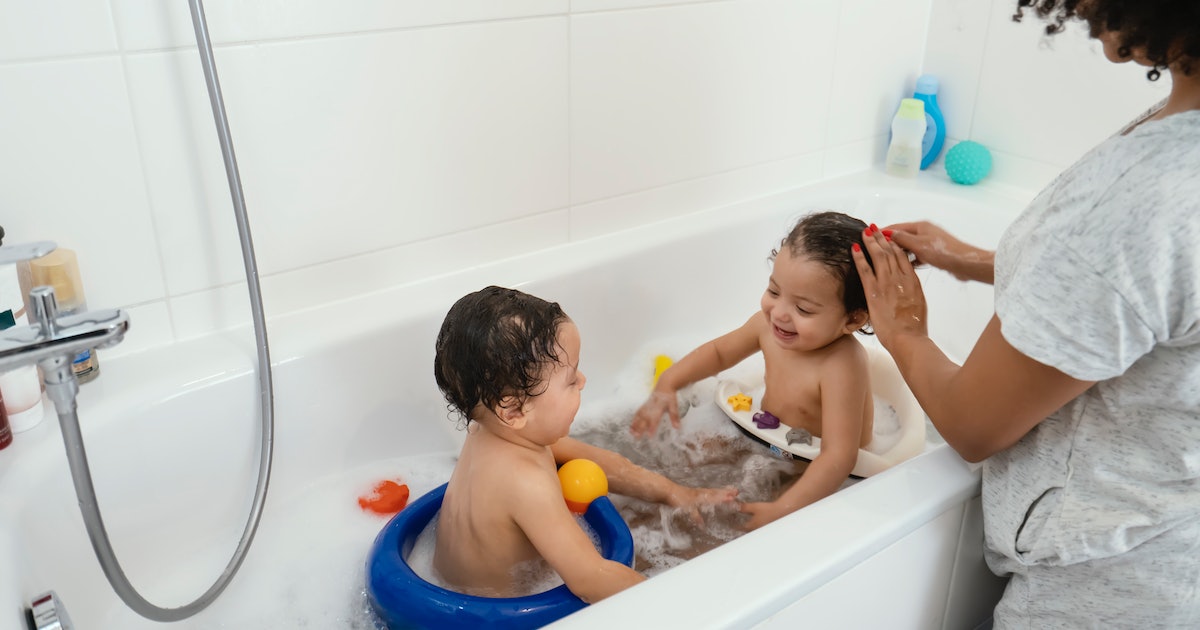
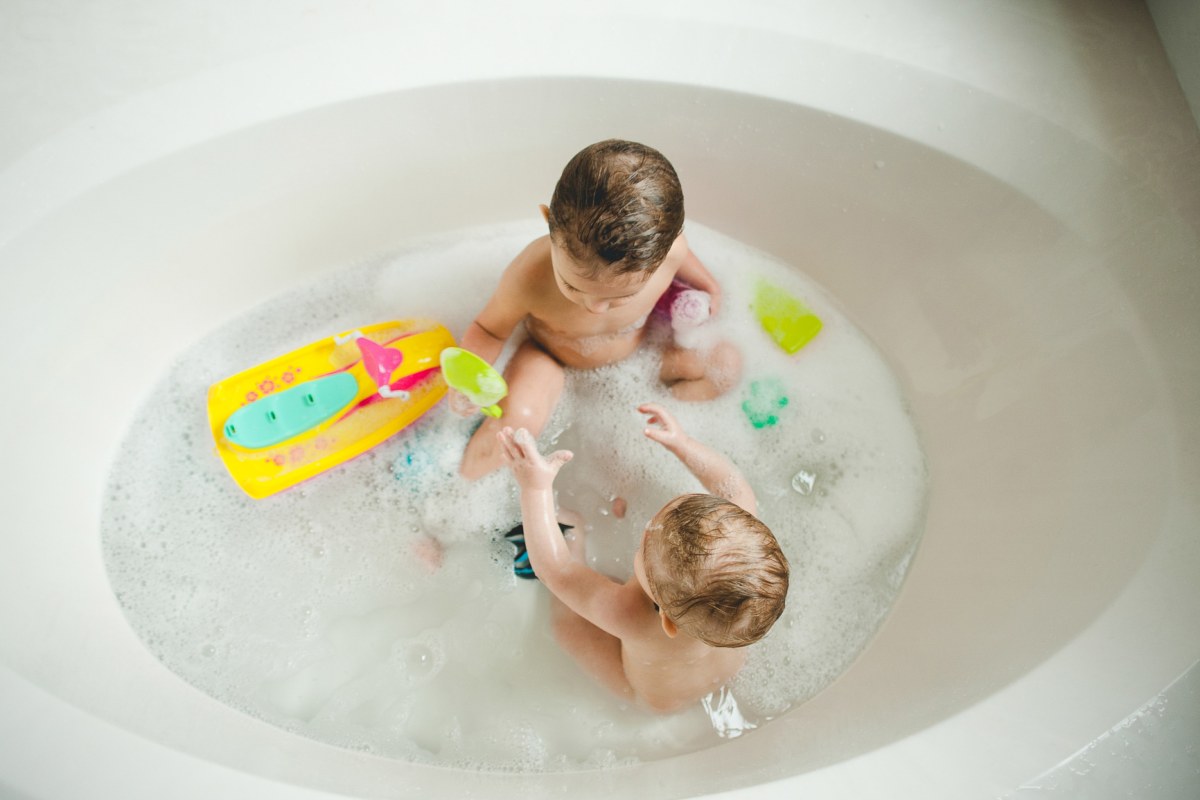
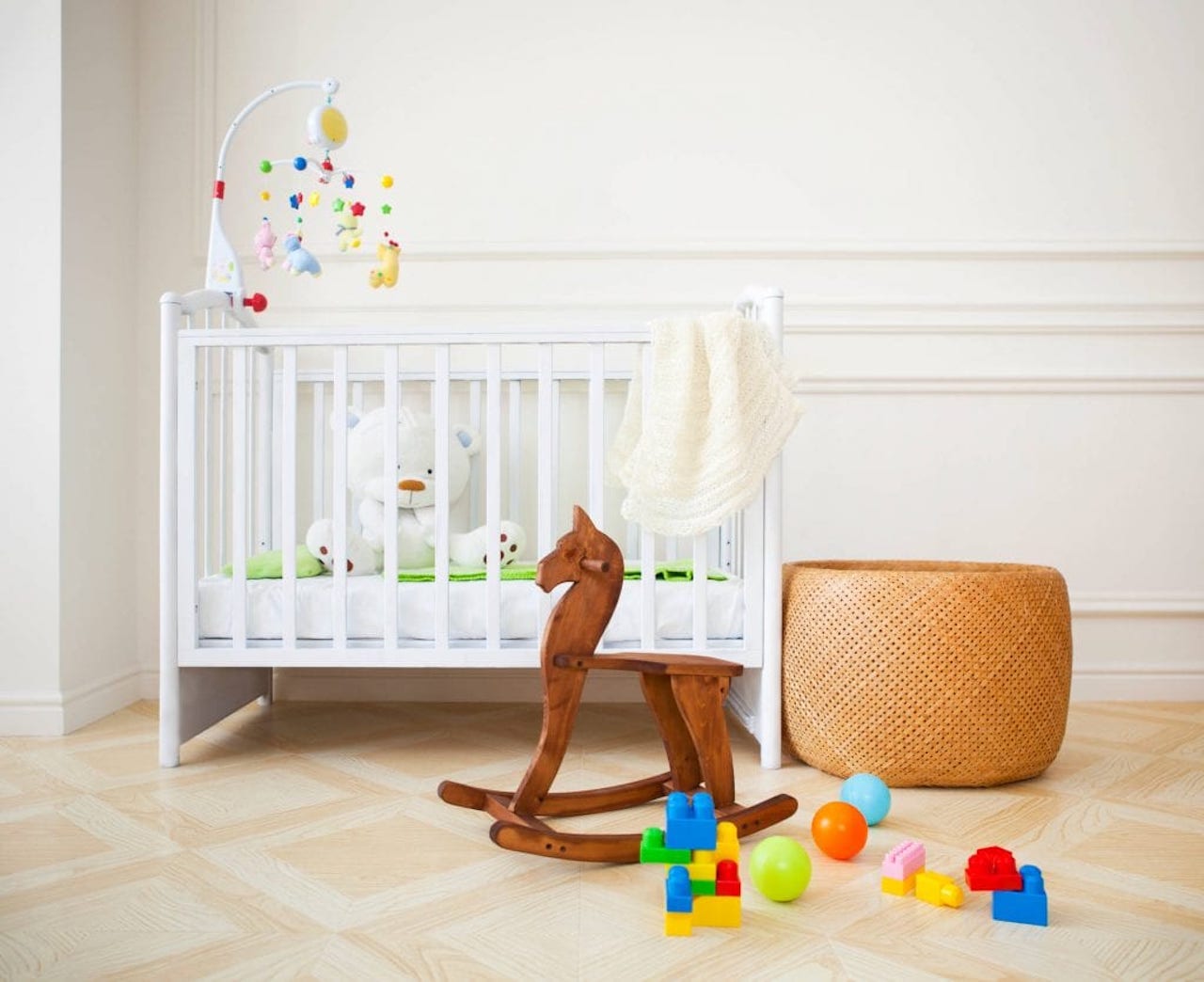


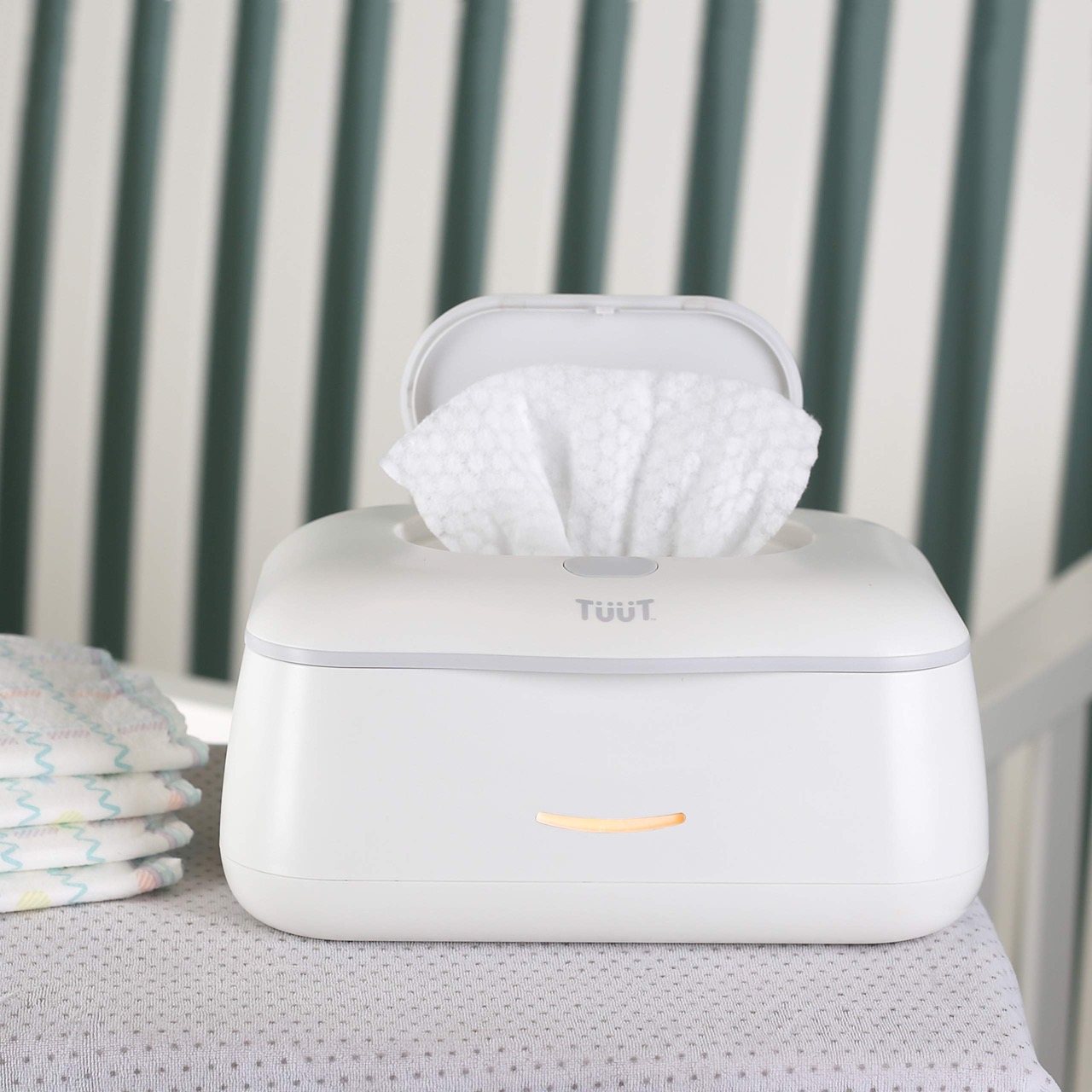
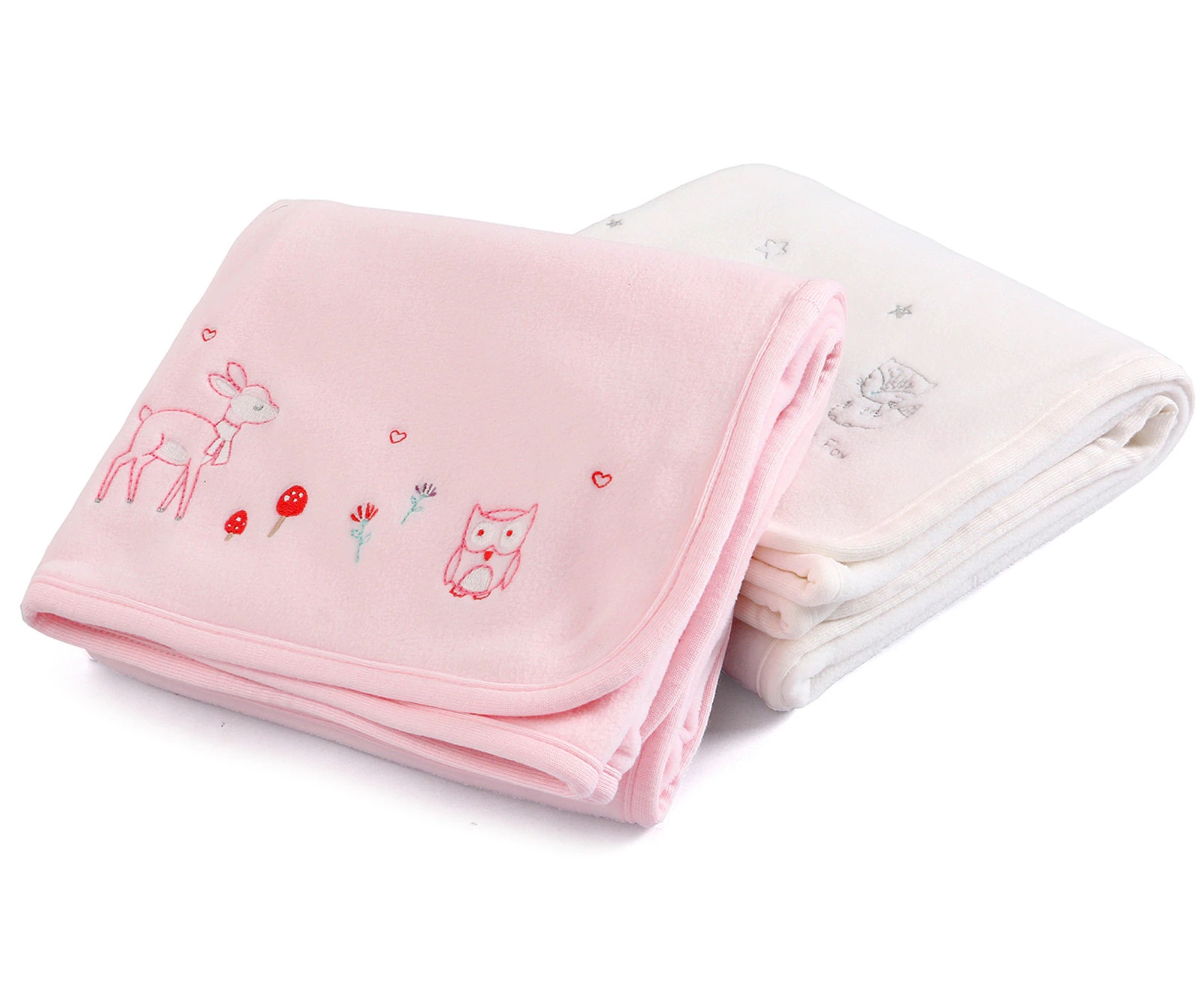
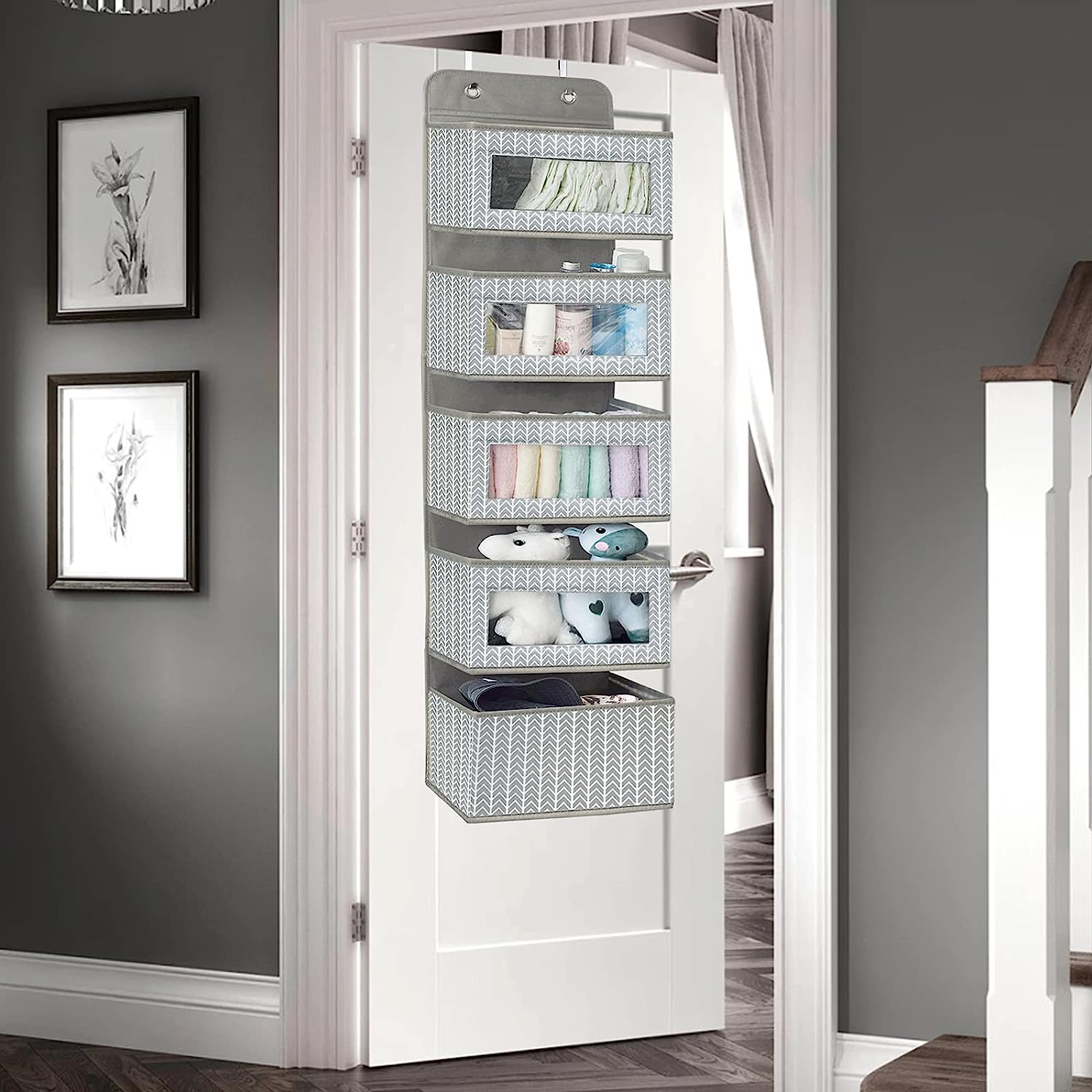
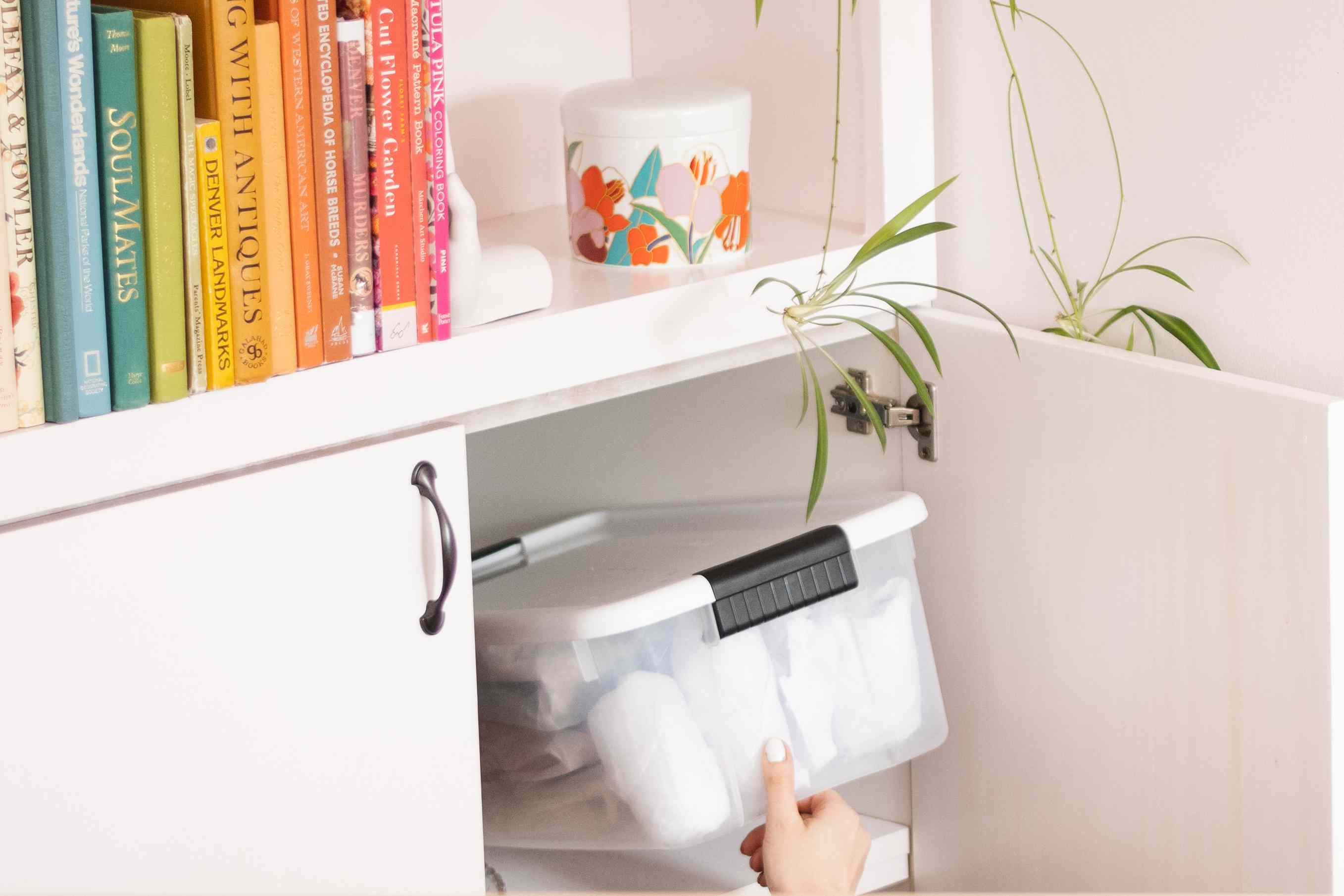

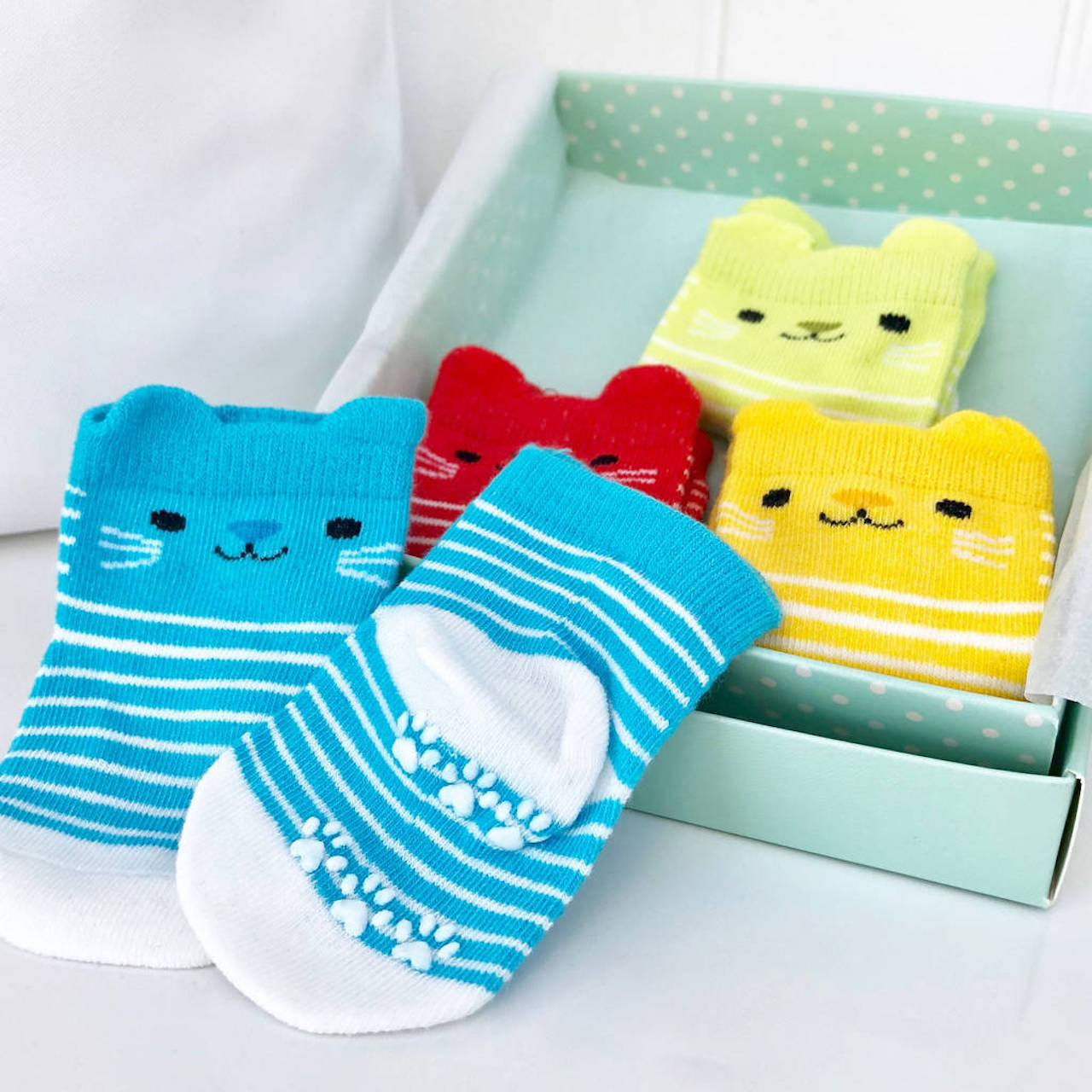

0 thoughts on “How To Store Baby Toys”